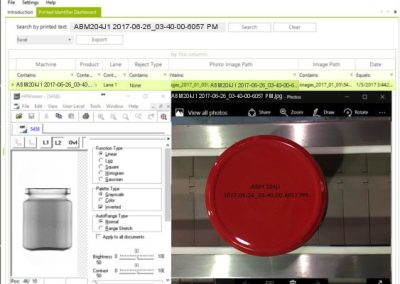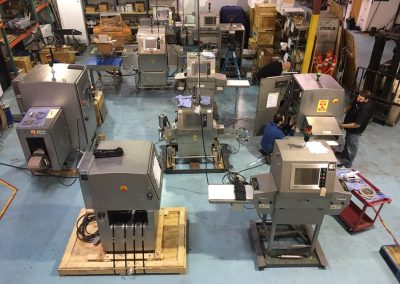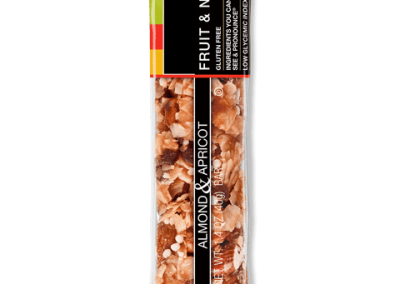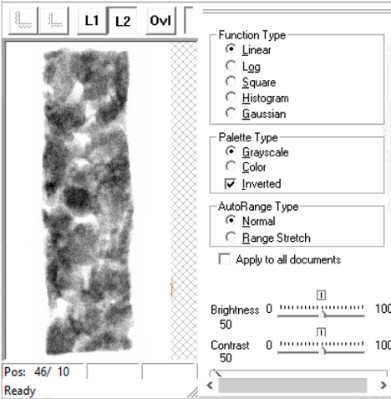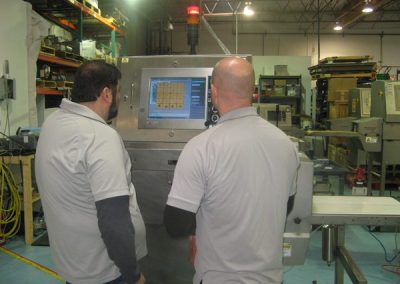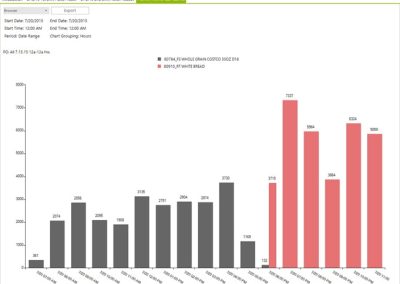
Physical Contamination
Physical contamination, or “foreign material”, refers to the presence of any object or material in food that is not supposed to be there such as rock, glass, metal, plastic, or other contaminants. Physical contaminants can enter food products during the harvesting, manufacturing, packaging, or handling processes.
Pictured: A 0.5mm stainless bead which is detectable by x-ray in some applications. 1.0mm pieces are known to break teeth.
Physical contamination can occur at any stage of the food production process, from growing and harvesting to processing, packaging, and transportation. Examples of physical contamination include:
- Metal shards or filings from machinery
- Glass shards from broken equipment or light fixtures
- Plastic pieces from packaging or conveyor belts
- Pests or other animals that have entered the facility
- Pieces of wood or other debris
- Hair, Band-Aids, and other personal items are among the largest culprits (x-ray and metal-detectable versions of common products are available here.)
Physical contamination can pose a significant risk to consumer health, as it can cause injury or even death if consumed. For example, ingesting metal or glass can cause internal damage and even lead to serious health problems. Similarly, plastic or wood particles can cause mechanical injury to the digestive system.
Physical contaminants can also jeapordize your company. Injuries, or even consumer reports themselves, can cost reputation or resources in the form of settlements or recalls.
How To Keep Physical Contaminants Out Of Food
Good Practices
- Cleaning: Removing debris and unnecessary items from the workplace lowers the change of items being dropped into food along the proceess and increases the chance equipment damage or malfunctions will be caught.
- Pest control: Regularly inspecting for, screening for, and eliminating pests such as rodents, insects, and birds can help prevent them from contaminating food.
- Proper storage: Food should be stored in sealed containers or covered with tight-fitting lids to prevent contamination from dust, dirt, and other debris.
- Employee training: Educating employees on proper food handling techniques and personal hygiene can help prevent the introduction of physical contaminants.
- Quality Control and Inspection: Having regular inspection and quality control checks can help to identify and eliminate physical contaminants and ensure food safety.
- Secure Food Processing: Setting up security measures to safeguard food from physical contaminants during production, storage and transportation.
Equipment
Many types of equipment are available to help automate the process and keep contaminants out of food. Click the subheaders to see equipment we carry.
- Sieves and screens: Free-flowing product can be passed through
- Magnetic separators: These are used to remove metal fragments from food products.
- Conveyor systems: These are used to transport food products through production facilities, and can be equipped with belts and other features to reduce the risk of physical contamination.
- Air filtration and ventilation systems: These are used to filter out dust and other particles from the air, preventing them from contaminating food products.
- Air Curtains: These are used to prevent physical contaminants and insects from entering the food processing area by creating an air barrier
- Pest Control Equipment: such as trapping, baiting, and poison to prevent insects, rodents, and birds from getting near to food.
How to Remove Physical Contaminants After Ingress
This is where ABM X-Ray comes in. As distributors for some of the highest-performing metal detectors and x-ray models in the industry, we offer 24/7 service for contamination emergencies and provide factory-grade support for all models and circumstances.
- Metal detectors: These are used to detect and remove small metal fragments from food products.
- X-ray inspection systems: These are used to detect small metal fragments and other foreign objects in packaged food products.
In Summary, preventing physical contamination is a critical aspect of food safety. Food manufacturers should have strict quality control and sanitation procedures in place to minimize the risk of damage to consumers or their company. This can include regular inspections of equipment and facilities, as well as checks on food products before they are packaged and shipped.
It’s important for food manufacturers to be vigilant and proactive in preventing physical contamination to protect the safety of the consumers and their brand reputation. It is a multi-faceted effort that requires cooperation from all the stakeholders of the supply chain from the farmers, processors, packagers, and distributors.


